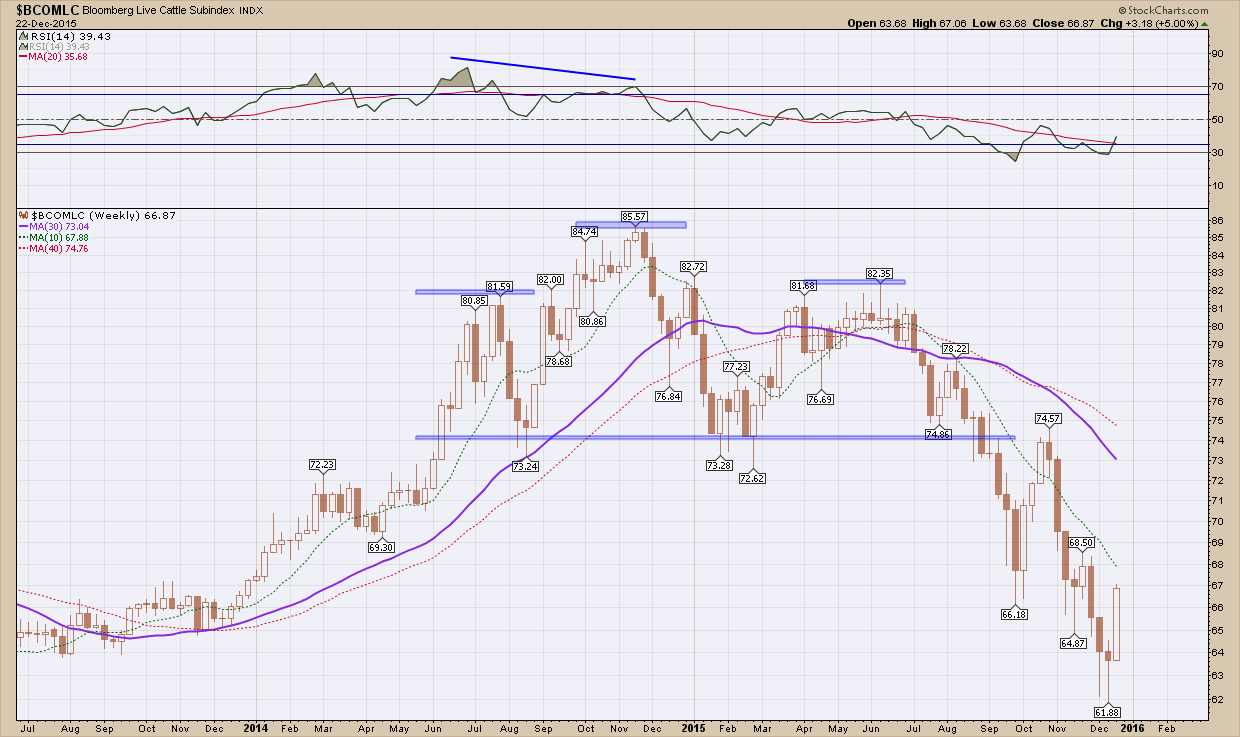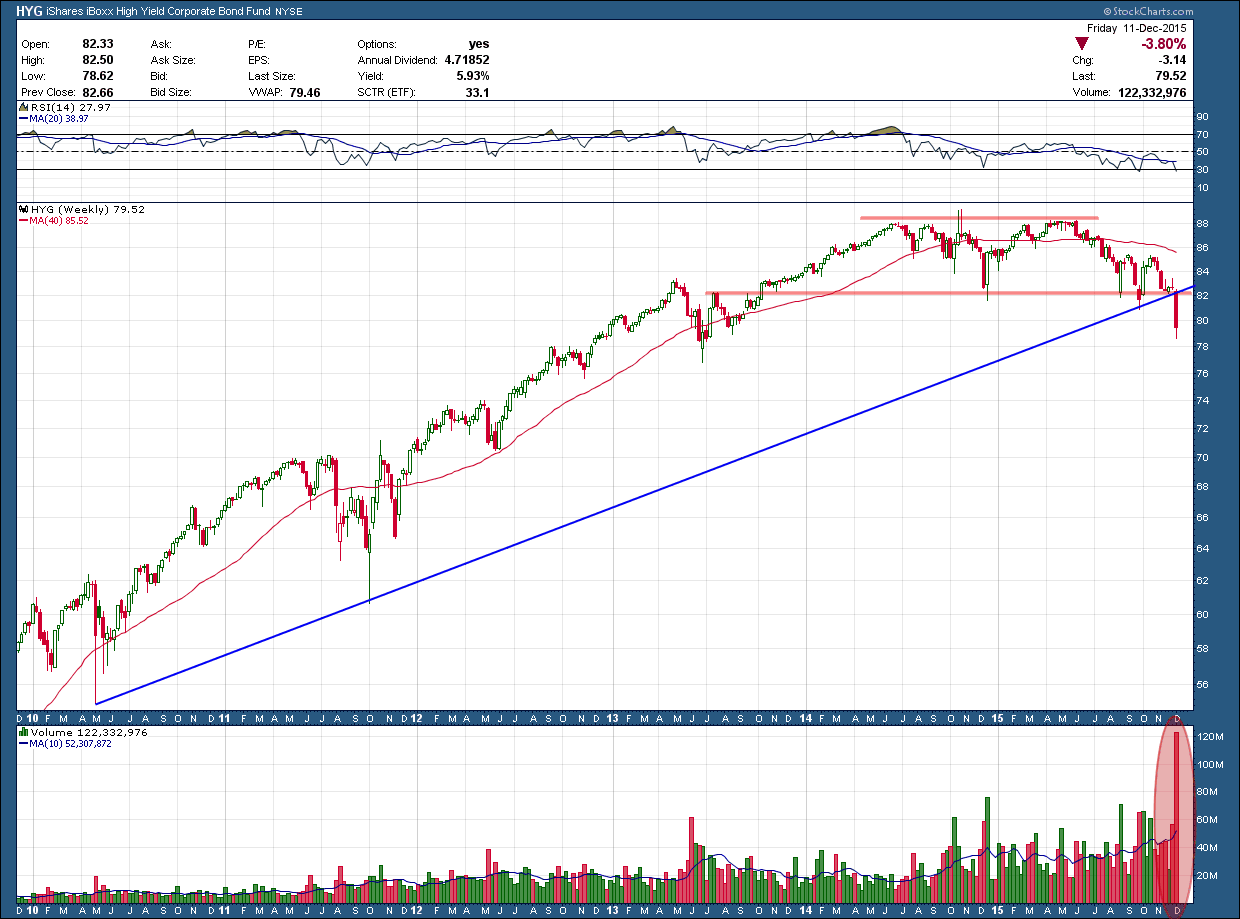Or bull trap?
I am sure everyone knows this but in case you were asleep for the past year oil has been in a severe bear market and about as loved as Rozanne singing the national anthem. It has fallen (peak to trough) almost 70% in 2 years touching levels not seen since Dec 2008. You have to go back to 2003 since prices have been this low. As this was unfolding, a couple of interesting things have developed as you will see on the chart below of West Texas Crude. Firstly, price has formed a falling wedge (as highlighted in blue in the middle pane) and RSI momentum has a 3 push divergent low in the upper pane.
Falling wedges are typically a bullish reversal pattern. One of the rules that must be met before it can be deemed bullish is that it must alternately touch the boundaries of the wedge an even number of times (at least 6) and break out to the upside on its final touch. You can see the pattern has not quite completed its development yet as it has yet to make its final touch on the upper boundary or break out. If this were to happen the target price for this pattern here would be in the very optimistic $62-$65 range. Because there is still room within the pattern and if sellers want to push to make another low, another bullish scenario would be to see price make one more touch to both the top and bottom (for 8 touches) and then break higher.
A three push oversold divergent low is very rare to see on a weekly chart so when it occurs, as chartists we need to take notice as it can provide a good investment opportunity. It occurs when starting from an oversold condition, momentum climbs higher making 3 successive higher lows while price makes 3 successive lower lows (as illustrated with red arrows). This shows momentum is strengthening but price is still falling. This is a bullish setup because at turning points momentum will precede price. As such we expect price to reverse and move higher at some point in the near future.
So, with oil resting on its 2008 low as support and forming (but not yet confirmed) a high probability bullish pattern combined with positive momentum divergence presents a very interesting opportunity. Don’t get me wrong, its not that there isn’t a lot of risk right here because there is but no more than any other equity or commodity based investment. I personally do not like trying to pick bottoms, but when convergence of multiple signals occur at or around one price pointing all in the same direction, it makes it worth my consideration. Longer-term and more risk averse investors would do best by waiting for a confirmation break out of the wedge and waiting for a higher low to be made before taking a position. Doing so would likely let the (red) 200day moving average at least flatten and possibly even turn positive, adding one more bullish argument to the investment.
Oh and back to my original question. Lifetime opportunity or bull trap? In my opinion it is likely neither. Very profitable counter trend opportunities arise in all bear markets and I believe this is setting up to be just that. If I were forced to pick between the two, I would pick bull trap as it will likely be a long time before the oil supply issue has been resolved and we are back into a full-fledged bull market.









